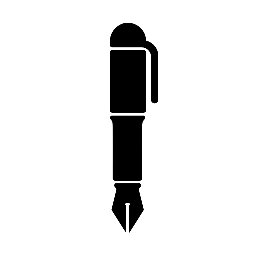1) Describe Erikson’s stage of “Generativity vs. Stagnation”2) According to Kegan, what do we view as cognitive object (“you have control of it”) post-adolescence? 3) According to Kegan, what do we view as cognitive subject (“it sometimes has control of you”) post-adolescence? 4) According to Kegan, what should adults think about when giving adviceto adolescents? What should adults expect of them?Adult Personality5) What four things contribute to adult personality?6) What has the greatest impact on adult personality?7) Generally, is personality in adulthood considered stable or unstable compared to other developmental periods?8) Know the “Big Five” personality traits9) How did the Hexaco model of personality (Ashton & Lee, 2004) change the original “Big Five”?10) What are Dark Triad Traits and what is their opposite according toAshton & Lee?11) How did Carol Dweck suggest that beliefs about the self impact adult personality?12) What is the difference between the procedural self and the relational self? Can either be changed?13) Labouvie-Vief used different categories of self understanding to look for predictable patterns across the lifespan. What were those fourcategories?14) Did Labouvie-Vief identify any patterns that line up with our expectations of cognitive and moral development?15) What does an “ecological niche” have to do with personality?16) According to Cialdini’s principles of persuasion and the research done by Wall, Campbell, Kaye, Levy & Bhyllar (2019), what approach is the most persuasive for someone with higher levels of Dark Triad Traits? What approach is the most persuasive for the “general public” ie: the group categorized as “Socially Apt”?
Would you like to discuss this project or get it done?
Reach out on WHATSapp at +1 (240) 389-5520
Or
Place an order on our website for quick help
Guarantees
A+ Paper
Timely Delivery
Zero Plagiarism
Zero AI


Leave a Reply